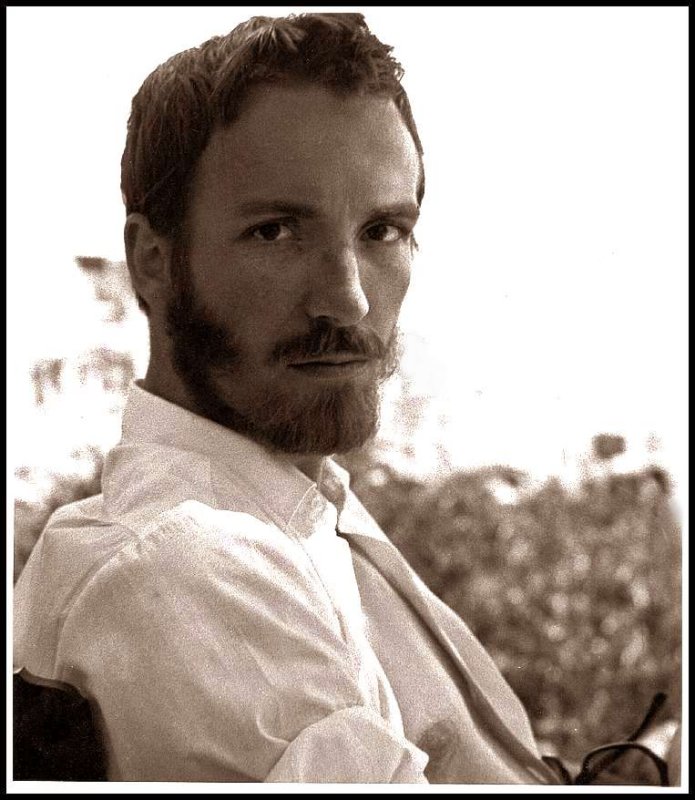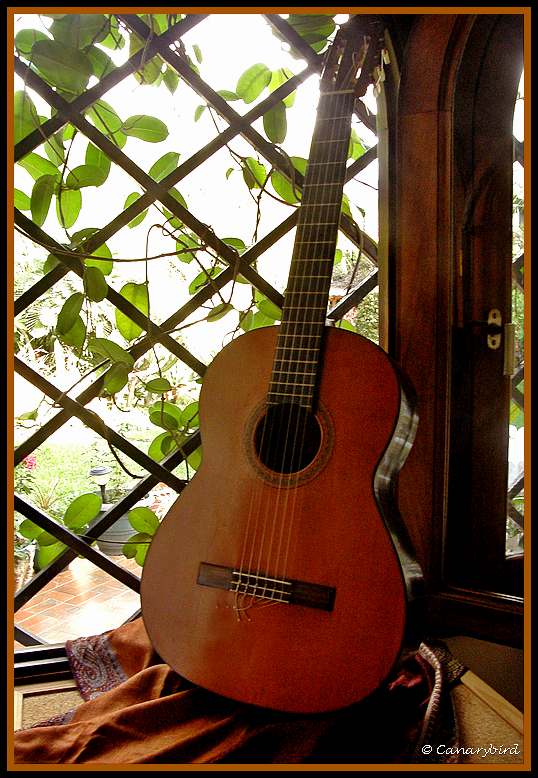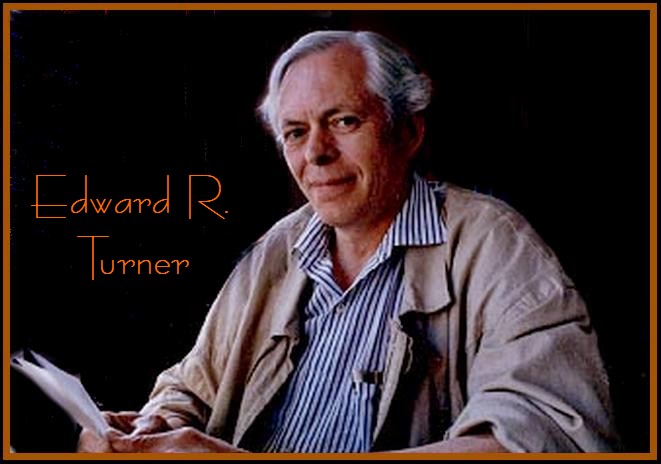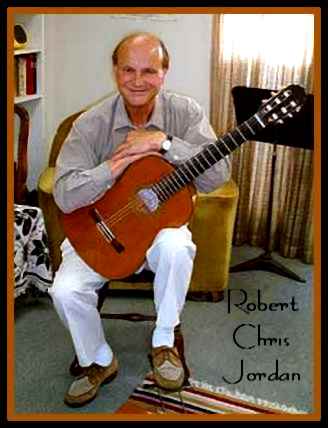Palma de Mallorca was always a picturesque city having interesting shops, restaurants, galleries and a wealth of historic sites that could keep a visitor busy exploring for weeks. I was gradually introduced to her charms on my outings with Helen and her father, Mr. G.

The Cathedral of Palma was not then surrounded by the beautiful gardens and artificial lake of today. There was only waste ground bordered by neglected weeds which came to be used as a parking lot.
The year was 1968, when men sported Beatles-style hair and sideburns, while women wore beehives and bell bottomed trousers.
One of my favourite streets was Calle Jaime II, a narrow pedestrian street near the Ayuntamiento, the city hall, in Plaza Cort and not far from the Plaza Mayor, a large open public square encircled by buildings and outdoor cafes. This was a busy street which attracted locals and tourists alike, being a main artery leading up to the Plaza Mayor, the Calle Sindicato and eventually to the main food market, the Mercado Olivar. Here are some photos I took in 1968 around that area.
(Click on photos to enlarge.)

Perfumeria La Central was an old established firm selling perfumes and toiletries. It was then perhaps one of the first and most well-known perfume shop.


The above photo was taken in a little square near the entrance to Plaza Mayor. It was an ideal place to stop for a coffee and ensaimada while out shopping. Note the dress and hair styles of that time.

Another view of Calle Jaime II.

I was amazed at the ability of the bakery delivery boys to carry large wooden trays of baked goods on their heads as they transported them from the ovens to the bakery shops. Many of them rode bicycles, balancing the large trays on their heads.

In this photo one young man is delivering on foot, with the tray on his head. The photo was taken in the Calle San Bartolomé, near Plaza Cort, where I was in later years to live in a beautiful old townhouse.
But my story will continue with the next entry.
Continue on to Chapter 8......The Apartment
Go back to Chapter 6......The Ensaimada







































